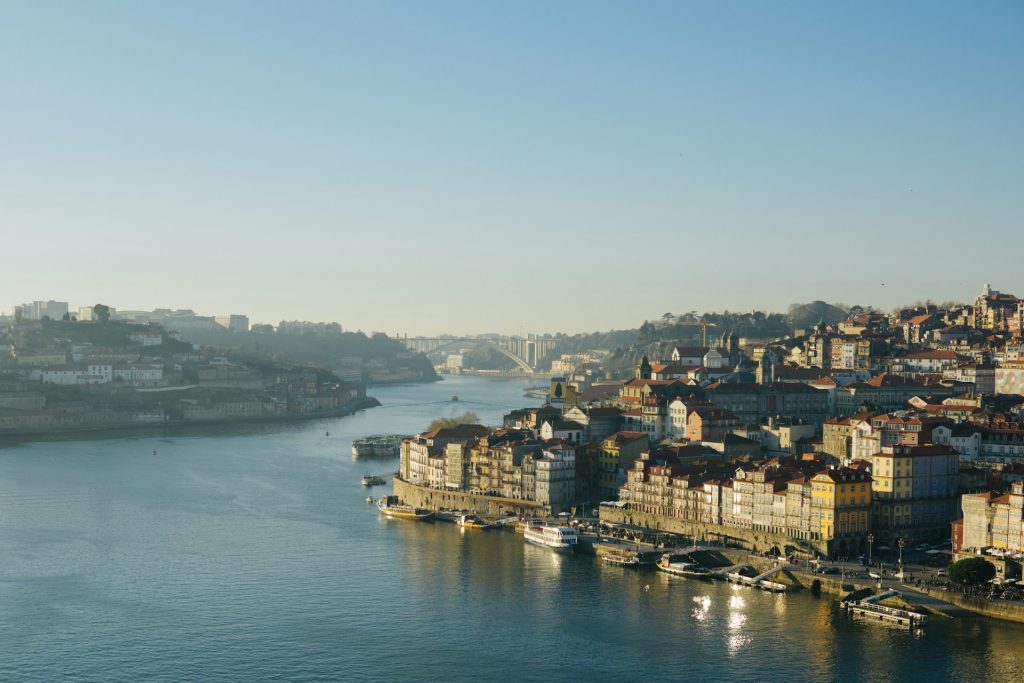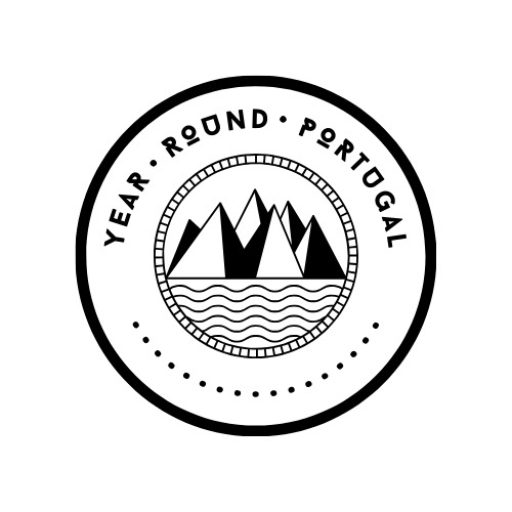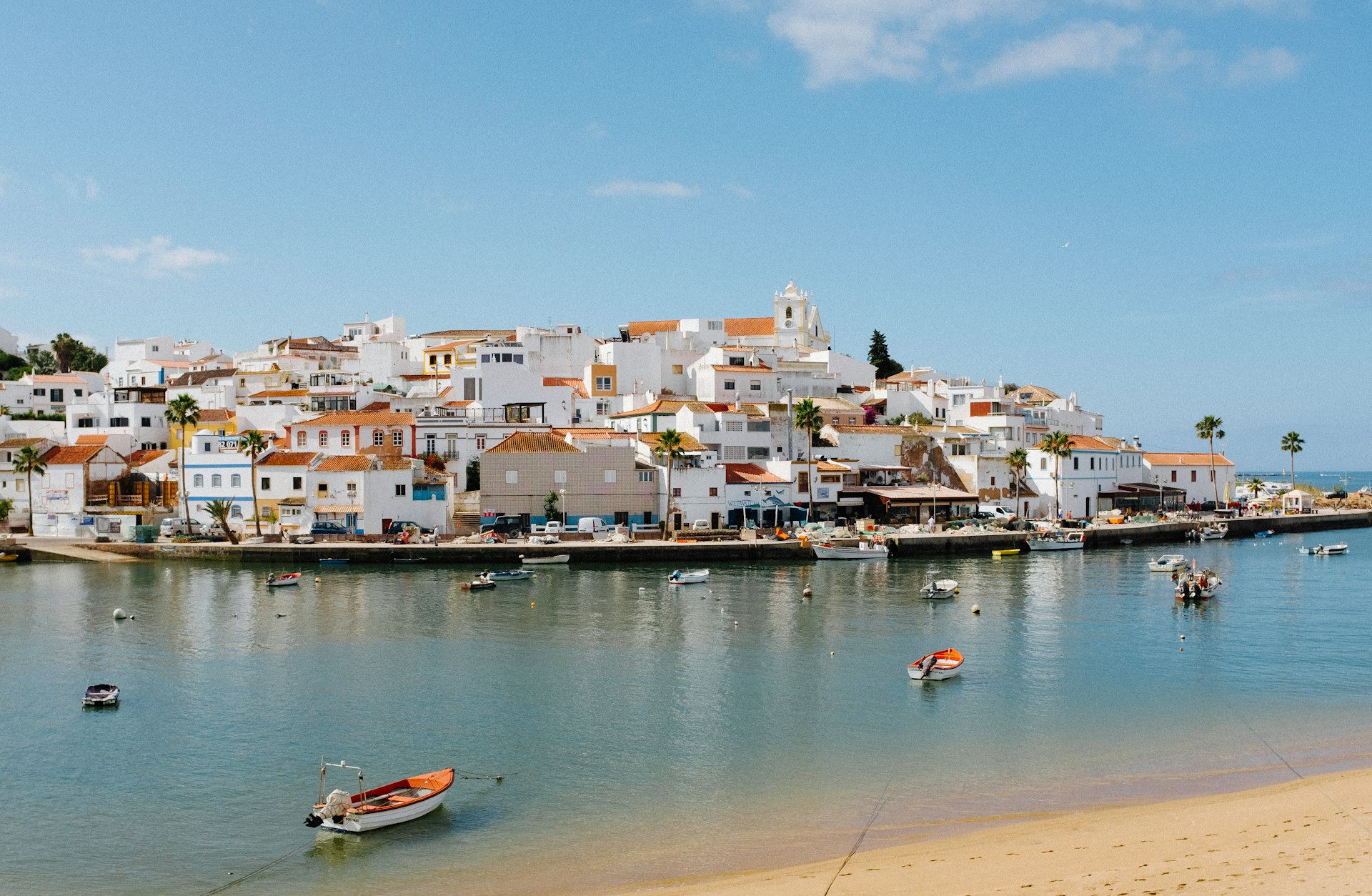Portugal’s weather is characterized by mild winters and warm summers, offering a pleasant and inviting climate throughout the year. This southern European country enjoys a Mediterranean climate with Atlantic influences, leading to a diversity in weather patterns depending on the region and season. Whether basking in the summer sun or enjoying the cooler, crisp air of winter, Portugal provides an array of conditions suited for a variety of activities and preferences.
Portugal’s climate varies due to its geography, which merges oceanic and continental influences. Coastal areas enjoy moderate temperatures year-round, while the interior experiences more pronounced seasonal changes. The temperate climate draws visitors seeking refuge from more extreme conditions elsewhere, making Portugal a favored destination among European countries.

Exploring Portugal’s Varied Climate Zones
From the lush greenery of the north to the sun-drenched Alentejo region and the balmy Algarve, Portugal’s varied climate zones cater to every type of beach holiday. Average temperatures fluctuate significantly between inland areas and the coast, with hot summers and wet, cool winters marking the country’s diverse weather patterns.
The Northern Coast’s Maritime Temperatures
The northern coast of Portugal is known for its maritime climate, with dry summers and mild temperatures that attract both locals and tourists. Cities like Porto enjoy a refreshing sea breeze that moderates the summer heat, making it an ideal location for those looking to escape the more intense inland heat. The region’s unique climate contributes to the rich viniculture and the stunning landscapes that define the northern coastline.
Inland North: A Contrast of Seasons
In the inland north, near the Douro River that forms a natural border between Spain and Portugal, the climate contrasts sharply with its coastal counterpart. Here, south of the Douro, in places like Vila Nova de Gaia, the seasons are more marked, with hot summers and occasional showers, giving way to cooler winters that highlight the region’s dramatic seasonal shifts.
West Coast and Central Region: Mild and Maritime
The west coast and central region of Portugal, including the stretch of land along the Douro River as it meanders towards the ocean at Porto de Foz, boast a mild maritime climate. Locals and tourists alike find respite as temperatures dip in the evening, with the Atlantic breeze providing a soothing counterpoint to the warmth of daytime. Occasional showers grace the landscape, enriching the verdant scenery that defines this part of Portugal.
From Douro to Tejo: The Interior’s Extreme Range
From the Douro River to the Tejo River, the middle part of Portugal has very different temperatures throughout the year. These changing seasons are perfect for many outdoor activities.
The Serra da Estrela Mountains are Portugal’s only place where you can ski. This shows how you can have fun outdoors in Portugal no matter how hot or cold it gets. Spring and fall have nice, mild weather that’s great for hiking and exploring. In winter, when snow covers the mountains, you can enjoy skiing and other snow activities.
Tejo River South: Alentejo’s Heat and the Algarve’s Mildness
The areas of Portugal below the Tejo River, especially the Alentejo with its big olive tree farms, get very hot in summer. But the Algarve has nicer weather all year long – not too hot and not too cold. This makes the Algarve popular with visitors who want warm weather but don’t want the extreme heat you find in the middle parts of Portugal.
A Monthly Guide to Portugal’s Weather Patterns
Weather in Portugal varies from the cool, wet winters in the north of Portugal to the warm temperatures and daily sunshine of the Algarve in winter. Coastal areas boast mild temperatures even in the peak summer months, setting Portugal apart from other European countries with its pleasant weather year-round.
January to March: Crisp Winters and Early Spring
The beginning of the year in Portugal is marked by mild temperatures that usher in the early signs of spring. While the northern regions may still feel the chill of winter, the southern parts, including the Algarve, enjoy a gentler season with plenty of sunshine and blooming flora that hint at the warmer days to come.
April to June: Blooming Flora and Climbing Temps
As Portugal moves into late spring, the country comes alive with vibrant colors and climbing temperatures. This period is perfect for outdoor excursions as the countryside blooms and the weather becomes increasingly warm, paving the way for the approaching summer season.
July to September: Peak Summer Heat
During the peak summer months, Portugal is bathed in sunshine with summer temperatures reaching their zenith. The long days of daily sunshine provide ample opportunity for beachgoers and travelers to soak up the vibrant culture and stunning landscapes that are quintessentially Portuguese.
October to December: Autumn Chill and Festive Atmospheres
The final quarter of the year brings a cooler atmosphere to Portugal as the autumn chill sets in. This season is characterized by a gradual decrease in temperatures and the onset of festive celebrations, offering a unique charm as the country transitions from the warmth of summer to the mild winter months.

Understanding Portugal’s Temperature Fluctuations
Portugal’s temperature fluctuations are a study in contrast, with coastal regions generally experiencing cooler temperatures compared to the hotter inland areas. These variations create a dynamic climate that can change from one region to the next, offering visitors and residents a wide range of weather conditions to enjoy throughout the year.
Coastal Coolness Versus Inland Intensity
The big difference between cool coasts and hot inland areas is what makes Portugal’s weather special. Cities near the Atlantic Ocean stay cooler because the ocean keeps temperatures steady. But when you go away from the coast toward the middle of Portugal, it gets much hotter, especially in summer.
Summer Sizzle: Heatwaves and Coastal Relief
When summer gets hot in Portugal, both locals and tourists head to the coast to cool down. The cool water of the Atlantic Ocean and the sea breezes help people feel better when it’s too hot inland. This is why many people prefer to stay near the beaches during the hottest part of summer.
Winter Wonders: Snow in the Mountains and Rain in the Plains
In winter, Portugal shows two different faces. High mountain areas like Serra da Estrela are covered with snow, making them great places for skiing and other winter sports. At the same time, the flat lower areas get regular rain.
Navigating Portugal’s Precipitation: From Drizzle to Downpour
Portugal receives a range of precipitation, from drizzles to heavy downpours, depending on the region and season. The northern regions generally see more rainfall, while the southern areas maintain their reputation for sunny weather. Understanding these patterns helps in planning travels and activities, ensuring visitors are well-prepared for Portugal’s diverse weather.
Rainfall Patterns Across the Country
Rainfall in Portugal varies significantly across different regions. The northern areas, especially along the Atlantic coastline, experience more frequent and intense rains. In contrast, the Silver Coast and the southern regions enjoy longer dry and sunny spells. Areas of Portugal near the mountains may also see heavier, more localized showers, while the central regions typically have moderate rainfall.
Wet Season Insights: When to Expect Rainy Days
The wettest months in Portugal span from November to March, where visitors should anticipate more frequent periods of rain, especially in the north. The Atlantic coastline is prone to more persistent rainfall, whereas the south has sporadic showers that intersperse the sunny days. Travelers should pack accordingly, with waterproof gear ready for these wetter months.
Preparing for Portugal’s Outdoors: Seasonal Activities
Outdoor enthusiasts will find Portugal’s varied climate conducive to a wide array of activities throughout the year. From sunbathing on the beaches to exploring the verdant countryside, each season offers unique opportunities. Knowing the weather patterns helps in selecting the best time for activities like surfing the Atlantic waves or trekking through the national parks.
Beach Escapades and Water Sports in Summer
Summer in Portugal is synonymous with long, sun-soaked days at the beach, perfect for water sports and relaxation. The warm temperatures and clear skies invite visitors to indulge in swimming, surfing, and sailing. Beachgoers flock to the coast to take advantage of the summer heat, while coastal breezes provide a refreshing respite.
Hiking and Wine Tours During Spring and Fall
Spring and fall are ideal for outdoor pursuits like hiking and wine tours, thanks to the mild weather. These transition seasons boast moderate temperatures, fewer crowds, and the natural beauty of blooming or autumnal landscapes. It’s a perfect time to explore the Douro Valley’s terraced vineyards or wander through the historical villages dotting the countryside.
Winter Sports: Skiing and Snowboarding Opportunities
Though Portugal is often associated with its beaches, the winter months offer skiing and snowboarding in its mountainous regions. The Serra da Estrela, in particular, transforms into a snowy playground for winter sports enthusiasts, providing a different perspective on Portugal’s diverse climate.

Essential Attire: What to Pack for Portuguese Weather
When visiting Portugal, pack light but versatile clothing to adapt to the varying temperatures. A good pair of walking shoes is essential for exploring the cobblestone streets and rugged landscapes. For coastal areas, include a windbreaker or light jacket, as the evenings can be cool, especially outside of the summer months.
Summer Staples: Light Clothing and Sun Protection
In Portugal’s southern regions, summer heat calls for light clothing and robust sun protection. A light jacket may be necessary for the cooler coastal breezes during the evenings. Portugal’s climate during these months is generally warm, so prioritize comfort and protection from the sun while enjoying the myriad outdoor activities.
Winter Wear: Layering for Cold Evenings and Rainy Days
During Portugal’s winter, layering is key to staying comfortable amidst the colder evenings and potential rainy days. A waterproof jacket and warm layers will serve well, especially in the northern regions where the climate is more temperate and rainfall more frequent. The southern regions may still require a light jacket for milder winters.
Transition Seasons: Adapting Gear for Spring and Autumn Variability
The variability of spring and autumn weather in Portugal suggests a flexible wardrobe. Layering remains practical, as days can be warm but evenings cool. A light jacket will suffice for the southern regions, while coastal breezes in the north might necessitate something a bit heavier.
Embracing the Portuguese Climate: Final Thoughts on Weather Expectations
Portugal’s climate is as diverse as its culture, offering plenty for every traveler. While the summer tourist crowds flock to the Algarve’s beaches for sun-soaked days and balmy nights, the northern areas of Portugal showcase a different charm with cooler temperatures and verdant landscapes. Whether attending the vibrant flower festival in Madeira or celebrating São João in Porto, the weather complements each region’s unique festivities and traditions.

